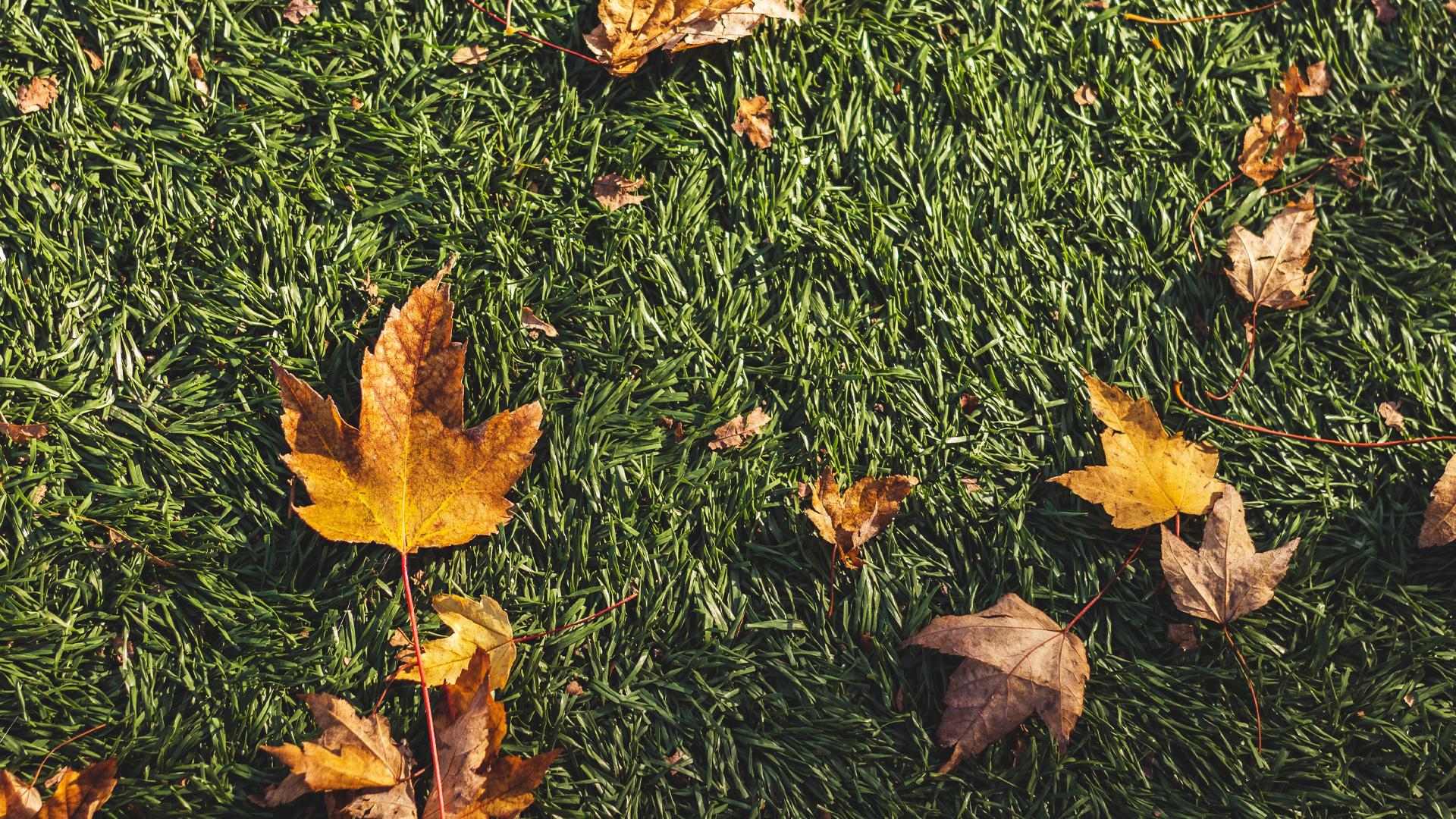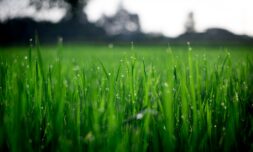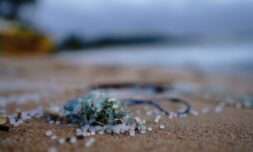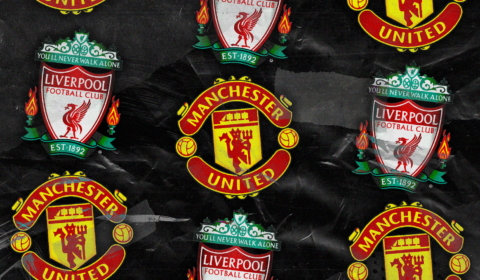A recent study has uncovered that tiny plastic fibres used to produce AstroTurf often wind up in water bodies close to major cities, posing a substantial threat to ocean ecology.
AstroTurf (AT) is a surfacing material that simulates natural grass by using synthetic, primarily plastic, fibres in different shapes, sizes, and properties.
Though it’s most often used to line sports fields, today it shapes many urban landscapes, from private lawns to rooftops and public venues.
According to the European Chemicals Agency (ECHA), 42,000 tons of microplastics added to products such as these end up in the environment every year, with granules used in AT making up 16,000 tons.
Despite concerns regarding the impact of this on our planet, little has been revealed about what the chemicals from these rubber playgrounds are actually doing to the Earth.
That is, until today.


Specifically investigating the presence of AT fibres in water bodies, researchers from the University of Barcelona have uncovered that AT fibres – which are composed of polyethylene and polypropylene – constitute over 15% of all mesoplastic and microplastic content in river and ocean waters.
In short, apart from affecting urban biodiversity, urban runoff, heat island formation, and hazardous chemical leaching, the material is a huge contributor to the marine plastic pollution crisis.
‘We were really surprised that nobody has reported this before,’ says lead researcher Liam de Haan, who with his team analysed 217 water samples collected off the coast of Barcelona (population 1.7m) and 200 from the Guadalquivir river in Seville (population 700,000) between 2014 and 2021.
They focused their analysis on plastic pieces larger than 5 millimetres, excluding smaller particles because it’s harder to determine where they come from.
As De Haan explains, because fibres from artificial grass are usually very thin, long, curled, and green in colour, they were easy to identify.


As their findings disclose, up to 20,000 fibres a day are flowing through rivers and up to 213,200 fibres per km2 are currently floating on the sea’s surface near the shores of major cities.
In the Guadalquivir river, the average concentration of plastic pollution from artificial grass was 50 times lower than in the seawater off Barcelona.
This difference is down to population size and the fact that the river flushes plastic into the ocean, whereas plastic can accumulate more in the sea.
‘I think it’s pretty implausible that this is only happening in Spain,’ says De Haan. As he rightly asserts, the likelihood that this issue is relegated to Spain alone – and not the entire globe – is slim to none.
‘Since we don’t know how much artificial grass breaks down into microplastics and nano plastics, and how much this contributes to plastic pollution in water bodies, the problem could be even bigger.’

















